Despite ongoing efforts to find ancient life on Mars, Martian meteorites tell a different story.
A new study suggests that Mars may have been a dry desert during its past, decreasing the chances of the Red Planet hosting life.
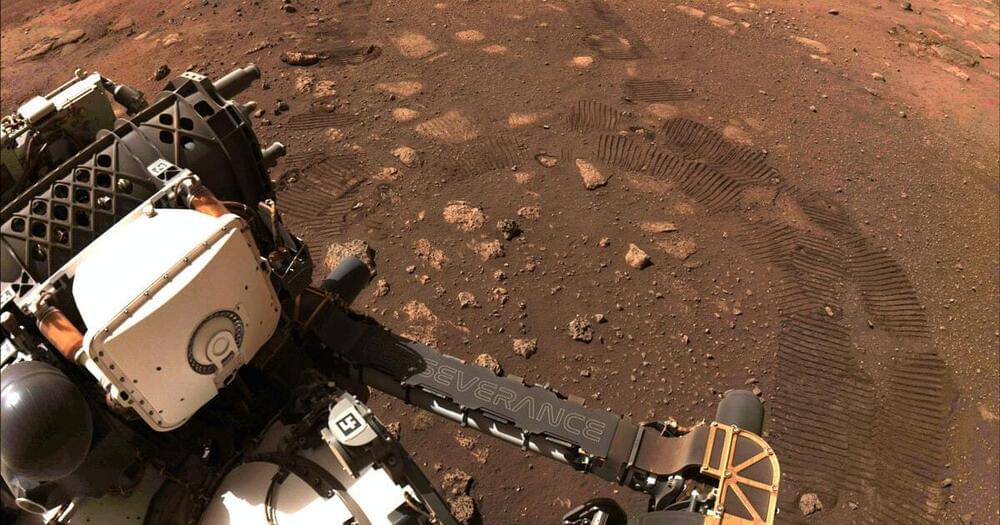
The only place in the Universe where we know life exists is on Earth. However, with billions of other star systems in the universe, it may not be the best place for life. In a new study, astronomers modeled the potential for life on other watery planets and discovered some conditions that can create oceans that are optimal for habitability.
The model suggests that watery planets with dense atmospheres, continents, and long days — planets that rotate slowly — were the most suitable for life. These conditions increase ocean circulation, which brings nutrients from the depths to the surface, where they can be used by organisms.
“[The research] shows us that conditions on some exoplanets with favorable ocean circulation patterns could be better suited to support life that is more abundant or more active than life on Earth,” Stephanie Olson, a University of Chicago researcher who lead the new study, said in a press release.
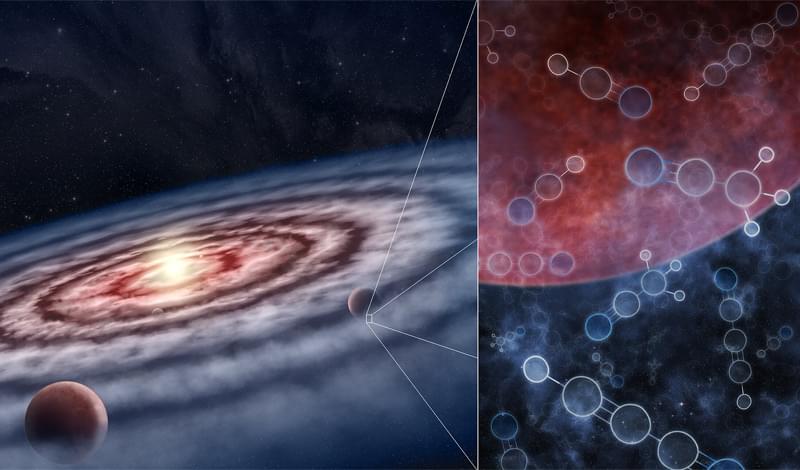
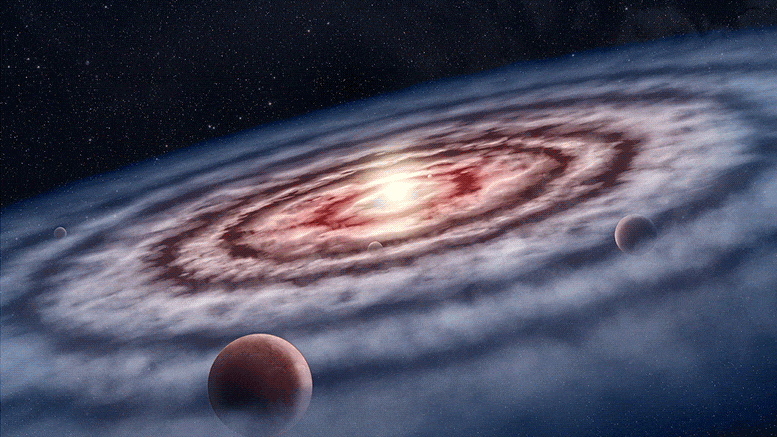
Analysis of unique fingerprints in light emitted from material surrounding young stars has revealed “significant reservoirs” of large organic molecules necessary to form the basis of life, say researchers.
Dr. John Ilee, Research Fellow at the University of Leeds who led the study, says the findings suggest that the basic chemical conditions that resulted in life on Earth could exist more widely across the Galaxy.
The large organic molecules were identified in protoplanetary disks circling newly formed stars. A similar disk would have once surrounded the young Sun, forming the planets that now make up our Solar System. The presence of the molecules is significant because they are “stepping-stones” between simpler carbon-based molecules such as carbon monoxide, found in abundance in space, and more complex molecules that are required to create and sustain life.
Forget about online games that promise you a “whole world” to explore. An international team of researchers has generated an entire virtual universe, and made it freely available on the cloud to everyone.
Uchuu (meaning “outer space” in Japanese) is the largest and most realistic simulation of the universe to date. The Uchuu simulation consists of 2.1 trillion particles in a computational cube an unprecedented 9.63 billion light-years to a side. For comparison, that’s about three-quarters the distance between Earth and the most distant observed galaxies. Uchuu reveals the evolution of the universe on a level of both size and detail inconceivable until now.
Uchuu focuses on the large-scale structure of the universe: mysterious halos of dark matter that control not only the formation of galaxies, but also the fate of the entire universe itself. The scale of these structures ranges from the largest galaxy clusters down to the smallest galaxies. Individual stars and planets aren’t resolved, so don’t expect to find any alien civilizations in Uchuu. But one way that Uchuu wins big in comparison to other virtual worlds is the time domain; Uchuu simulates the evolution of matter over almost the entire 13.8 billion year history of the universe from the Big Bang to the present. That is over 30 times longer than the time since animal life first crawled out of the seas on Earth.
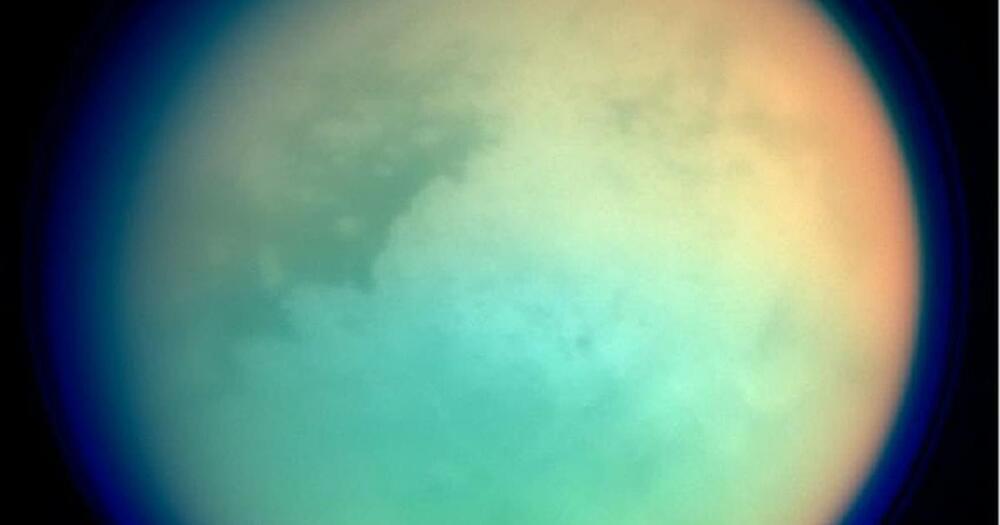
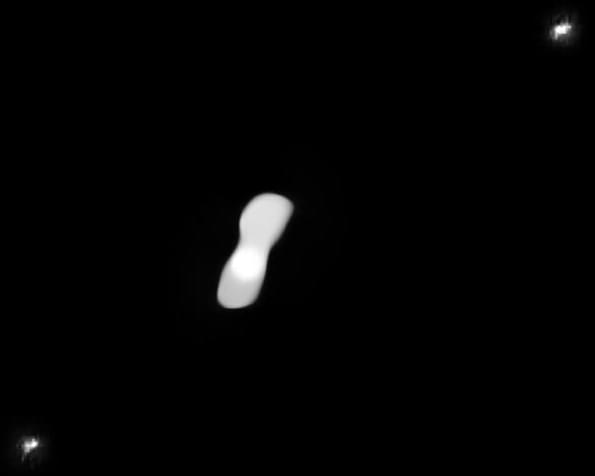
The huge “dog-boned” asteroid hurling through the solar system has now been imaged in unprecedented detail.
A team of astronomers has seemingly obtained the best pictures and data to date of the peculiar asteroid, Kleopatra. Using the European Southern Observatory’s Very Large Telescope (VLT), observers from the SETI Institute in Mountain View, California, and the Laboratoire d’Astrophysique de Marseille, France, captured images to help two teams of scientists answer some interesting questions.
“Kleopatra is truly a unique body in our Solar System,” says Franck Marchis, who led a study on the asteroid published in Astronomy & Astrophysics. “Science makes a lot of progress thanks to the study of weird outliers. I think Kleopatra is one of those and understanding this complex, multiple asteroid system can help us learn more about our Solar System.”
The asteroid, which orbits in the central region of the asteroid belt between Mars and Jupiter, was initially discovered on April 10 1880. However, it wasn’t until just 20 years ago that radar observations revealed it had two lobes which were connected by a thick “neck.” In 2,008 Marchis and his colleagues discovered that the asteroid was orbited by two moons, named AlexHelios and CleoSelene, after the Egyptian queen’s children.
The James Webb Space Telescope is scheduled for launch December 18. It will help scientists hunt for alien life on exoplanets and look to the beginning of time.
This tiny piece of rock will help solve one of the biggest mysteries of the universe.
NASA’s Perseverance rover collected its first Martian sample, which will help scientists determine if there is life beyond Earth.
Have you missed the SR Academy Webinar with Seth Shostak of the SETI Institute?
Here you can watch the complete video, including the discussion after the lecture:
A beautiful excursus on the mission, activities and goals of Search for Extra Terrestrial Intellogence, directly from the source!
Seth Shostak is currently the senior astronomer for the SETI Institute. Shostak hosts SETI’s weekly radio show/podcast Big Picture Science, has played himself numerous times in TV and internet film dramas, and has acted in several science fiction films.
Don’t forget to subscribe the Space Renaissance Youtube Channel!